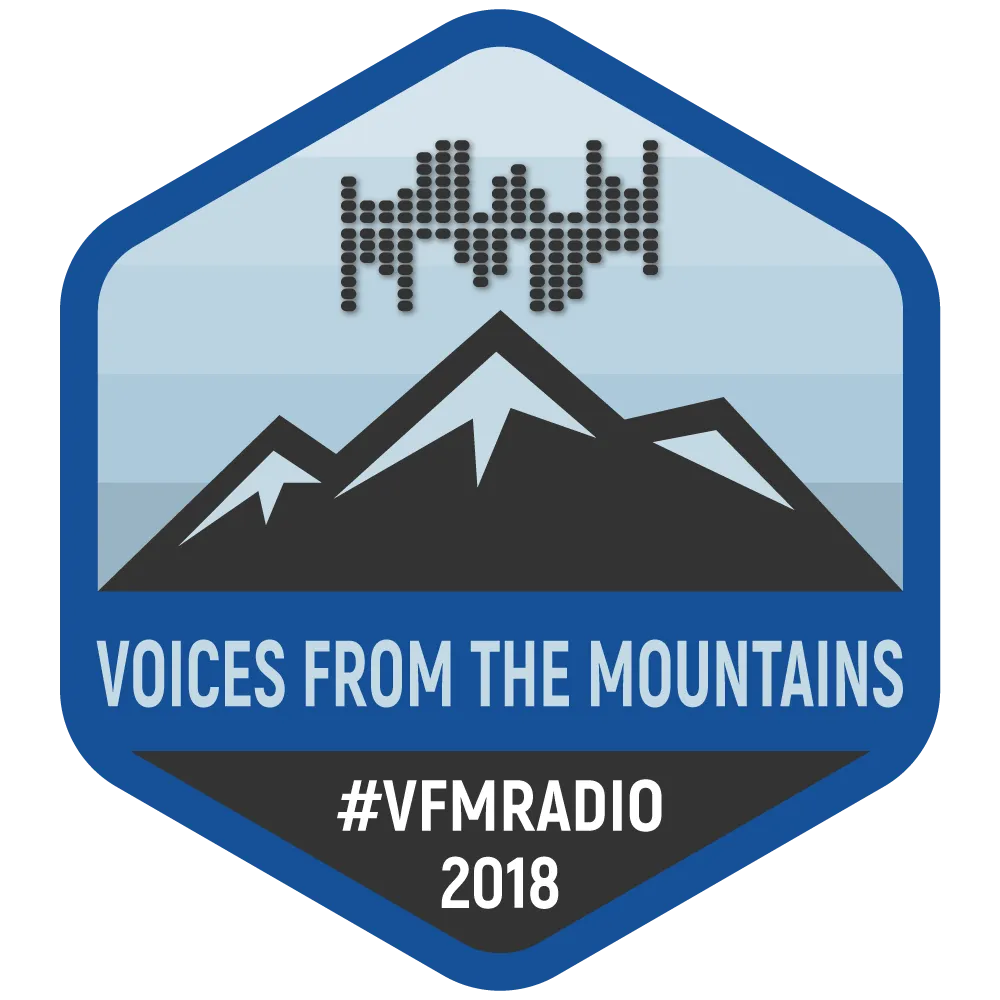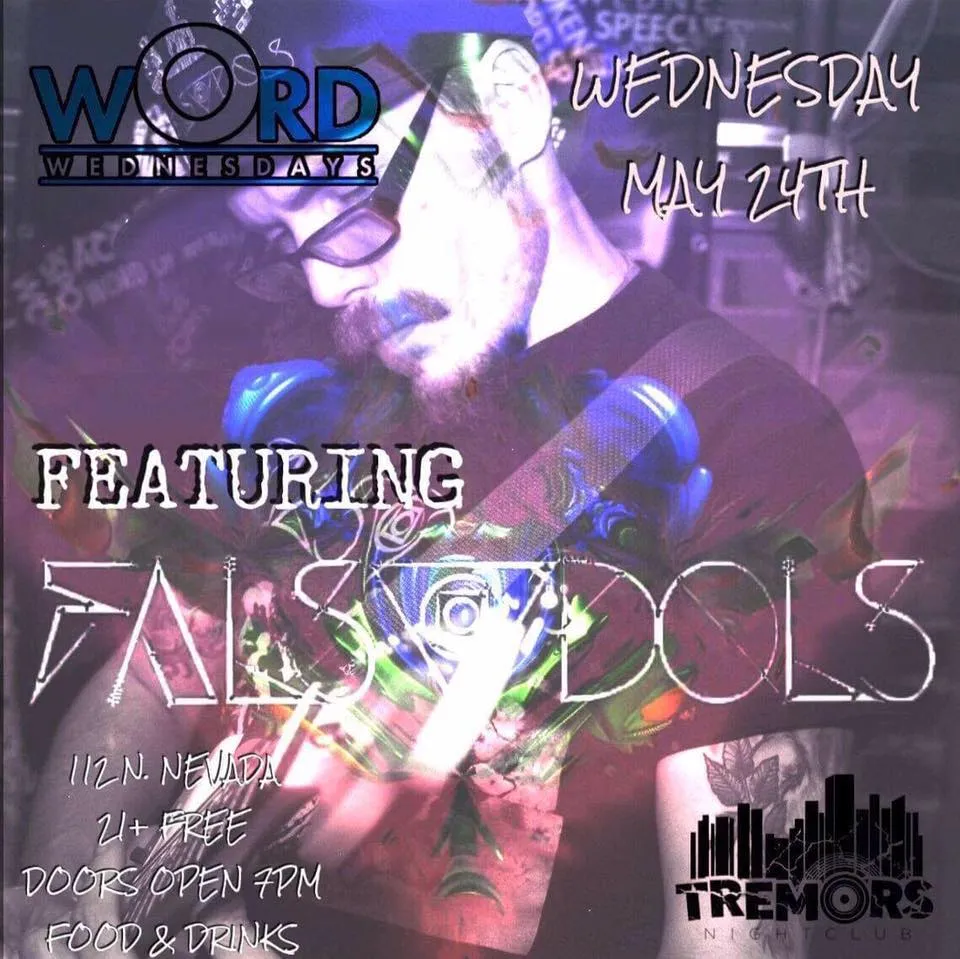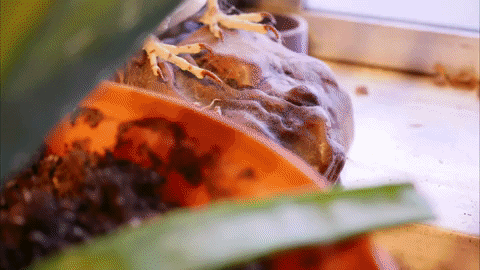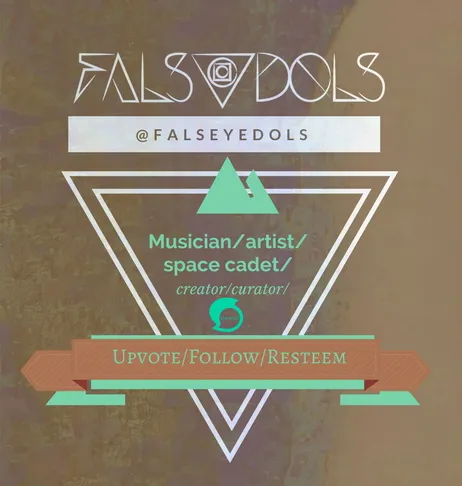
Fresh off the Hard Drive

Recently I have been learning new cords on my guitar, as I get bored after awhile of using what I know over and over again. I know nothing about music theory, and am mostly self taught, but I am good at making observations and am always trying to learn. My brother-in-law was my guitar mentor in my beginning days of playing and taught me a lot of technique, but didn't know theory himself. I mostly go off my ear.
Anyways, because I learned some new cords (Minor 9 cords, to be exact), I came up with a few different ideas and decided to record one riff in particular. I thought it would be cool to talk a bit about my creative process, and let you hear certain works in progress, adding my commentary and thoughts. I intend to upload this particular track at various transitional phases, explaining what I did on this installment and what I'm thinking to do next. There are so many ways to create art, and I always find it intriguing to see how others do it. This should be interesting!!
1: The Riff
I get bored easily, and find myself repeating certain tendencies. This can get me discouraged sometimes, but what I find that helps me is to begin experimenting with something new. In this case, I decided I wanted to learn some new cords on my guitar. I love jazz music, and know the cords they use can be pretty tough and unorthodox. The internet is an invaluable resource, and I quickly found a Minor 9 cord shape (how you position your fingers) that sounded really good to my ear. I began playing with it and a couple other shapes. I soon came up with a few different riffs. Since it's been awhile, I opened Ableton up on my computer, and got all my audio recording equipment setup: it was time to make a new song.
How I begin songs is not always the same, and in this case, the foundation came from a guitar riff. I could hear accompanying drums in my head as I played the riff. My foundation in Ableton always begins with finding the proper BPM (beats per minute) of the song I have the idea for making. In this case, I played the riff, starting with Ableton's default 120BPM, and increase or decrease the metronome based on how fast or slow it should be. This can take awhile, and usually I also make adjustments to how fast I play the riff (or sample) to match the time signature of the metronome. For this song, I ended up changed how I played the cords completely, so I could keep it within the BPM (160BPM) of what I thought was good for the track.
Recorded one measure (I think that's what it's called? I'm bad with music lingo. All application, here) and looped it. Beginning foundation laid down, now onto the next stage.
2: Percussion
After I had the riff pretty damn close to how I wanted it, next I needed to lay some drums down. I pretty much always start with the kick drum (lowest frequency). Since I listen to so much music, I almost always hear a beat to something I create, and that's usually how my songs start. I had an idea what the kick should be doing, I just had to find the proper kick drum. I do this for all elements of my percussion. After I found the one I liked, I map it to a pad on my Akai MPK25 and begin a recording. I play a basic kick drum, edit (if needed; MIDI is easily editable if your timing is off) and loop whatever measure I think sounds best. After the kick, I add a snare. Pretty much same process after I find whichever snare sound I like. After snare comes closed hi hats. I play around with velocity on my hi hats to make them sound more natural, and correct them less. This makes them sound less robotic and more organic. I then added an open hi hat on off beats, usually right before the snare hits. I also play around with pitching snares slightly up or down depending on how the song transitions. I try to make my percussion as dynamic as possible, and I absolutely stay away from dragging and dropping drum loops, or using AI to create my beats. I know plenty of producers who do, and that's totally cool, it's just something I won't do. I want every part of my music to be me.
3: Synth/Bass
The beginning of this song has three basic elements. It's always good to make sure your song is fulfilling something in low, mid, and high frequency range, and so it was time to add some low bass frequency dynamics. My tools in this department come from either my custom P Bass (she needs a tune up) or my Korg Minilogue analogue synthesizer. Since the bass isn't ideal right now, and also because I've found some awesome new sounds my Minilogue can make, the Korg is my go to lately. I found some ultra growly bass I was feelin, and decided to record it while I play around with the cutoff knob on the synth. This adds a really cool filter effect that you can use to add tons of dynamics to your song, and I find myself using it frequently. This is what adds the changes to the bass throughout this recording.
4: Going Forward
I can hear some other variations of riffs I could play to this, so I may re-record the guitar to see if I can make the guitar more dynamic as well. I am also thinking of adding some minor lead notes from the guitar as well, or maybe the ukelele or violin I have. I've never incorporated them into my music yet, and really don't know how to play them well, but wouldn't mind adding their voice to my music. I will also decide on how to arrange this piece. Right now it's just a basic loop, and the only thing changing throughout is the effects from the cutoff knob on the synth. After I decide on my arrangement, I go to mixing/equalizing the audio levels of each element, and then mastering it so it's as loud and as crisp as possible. Those latter parts are sciences in it of themselves, and I've yet to get efficient in those departments. I'm always improving, though.

I hope you find this creative process helpful and interesting! I will continue adding elements to this song, explaining each step as I go, until it's completion. I've never done anything like this, so we'll so how it turns out. Always thinking of creative new ways to add value to the blockchain! Peace and love steemfam.

Did you know?!?!?!?!


I co host a radio show on @msp-waves called Voices from the Mountains #vfmradio. Every Saturday, 3-5am UTC you can hear my beautiful voice along with my host mates @intuitivejakob and @lpfaust. We get pretty silly, and you're sure to be entertained between the satire/comedy, music and energy readings. We are working on building a team up and we have some other big plans in store for the future! So excited to actualize our vision.






► Listen on DSound
► Listen from source (IPFS)